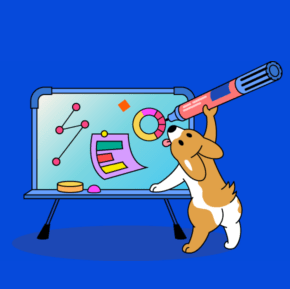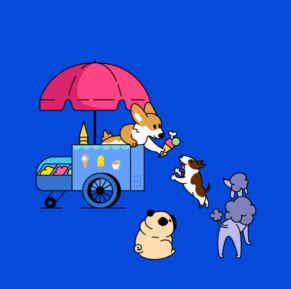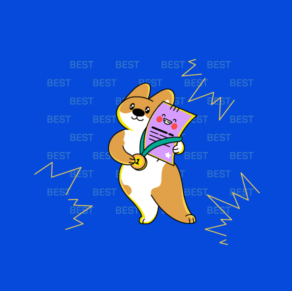Mobile application design process
The process of the online project, from mobile application design process to website design or integrated business platform, is carried out by Canada SEO Company in the following steps:
before the implementation
The first phase
System development
The second phase
After the execution
The third phase:
What is the system user experience like? What is the required technology architecture and portfolio? How is the system scale and expansion? What are the challenges of development?
Phase 2 : Development and implementation of the project
The steps of developing dedicated web and application solutions
Mobile application design process, website design, or the development of an integrated business platform are each carried out in specific teams under the guidance of the technical manager and the product manager. The road map of the executive teams in the Back-End, Web, Android, iOS and data department is the primary system architecture that was designed and modeled before the implementation of the proposal.
The system design sections generally include the following components :
Visual identity design of the system
Development of the system's basic infrastructure
Elaboration of release plan according to schedule
Phase to phase delivery of subsystems
Presentation of the final version of the system
Visual identity design of the system UI/UX design
The visual identity of the brand is part of the branding process and creating a single image of the business in the public mind. In this way, a set of images, icons, color, format and even text format are created as a single and integrated signature of the business. This integrated collection is seen in every place where the user interacts with the brand. The importance of designing the user interface and creating a user experience consistent with the visual identity helps the business to ride the wave of customer communication and sales with a successful strategy.
Based on the modeling done for the system, and after coordination between the Back-End, Front-End and market development teams involved in the project, the UI/UX design requirements include the design of icons, colors, templates and the path of the user experience.
Visual Identity, Digital Footprint
User experience in designing the system
Importance of Customer Experience or CX in the system
System user interface design principles
Development of basic online system infrastructure
Every building needs a solid base. In this phase of development, each of the Back-end, Server Side and Front-end teams establish their desired infrastructures.
The importance of preparing these infrastructures, which includes preparing the server, designing web services, and setting up the gate, is to accelerate the development process when it starts in the next stage.
Elaboration of release plan according to schedule
At this stage, the technical team determines the release plan and the phases of the system development based on the schedule announced in the contract. Release plan is planning and planning of product development, which is like a road map in the hands of the development team. Of course, the release plan is constantly updated with the progress of the work in the sprint review meetings of the technical team. In stable teams that advance processes based on agile methodology, the speed of development is noticeably higher than in other situations. It is presented for review and feedback at each stage of the sprint phase.
In each phase, according to the release plan, the following steps are carried out:
Development of the subsystem
According to the release plan, the development of the organization in different project teams is carried out by the relevant experts of Canada SEO team.
Presentation of the initial phase version
In each phase, the respective teams deliver the first version developed in sprints for review.
Get feedback and complete development
Based on the feedback from the sprint, the teams make necessary revisions on the delivered version and finish the development.
Final release and get comments
At the end of each phase, comments and revisions should be presented and applied under a release. The release plan team then plans the next phase.
Phase to phase delivery of subsystems
In the development model based on repetition or Iterative Development, the process of mobile application design process, website design or any business platform is broken into smaller phases. Each phase includes planning, design, design, development, testing and release processes.
At the end of each phase, a stable and deliverable release is delivered to the customer. This process makes the final testing of the system faster. The client has the ability to partially launch her platform in the market and it is possible to add the implicit ideas of the client to the project.
Development of a marketing plan
In the phases of project delivery, parts of the platform are prepared by the Canada SEO team and delivered to the employer in full. In this way, the marketing team of the employer group can start the process of developing the marketing plan, creating awareness in the market, and marketing in parallel with the product development.
Attracting users and creating an initial User Base
By taking over the Android or IOS mobile applications design process, platforms and websites in separate phases, the employer can attract the initial users to their system with marketing processes. These users play a very important role in the learning process in smart systems.
Limited launch of the product
Based on the feedback from the sprint, the teams make the necessary revisions on the delivered version and finish the development. Often, in the initial phases, one of the applications or a part of the platform or site is ready to launch. According to the schedule of the organization, the employer can launch that part of the product as a test in app stores or make the site publicly available.
Receive a certificate of good work
After the project is fully received, the employer reviews the system from the perspective of business issues and market logic. In market research and system analysis based on business requirements, there are often cases that will be solved in the system improvement.
For example, in the design of an online taxi application such as Snap or Uber, the driver may still have access to previous addresses in the initial modeling even after the passenger has been delivered to the destination. For this reason, in this phase, the business will receive improvements in the system by stating the new need for Canada SEO.
Finally, with the completion of the project and the client’s satisfaction with the received system, a certificate of good work is given to Canada SEO by the business.






